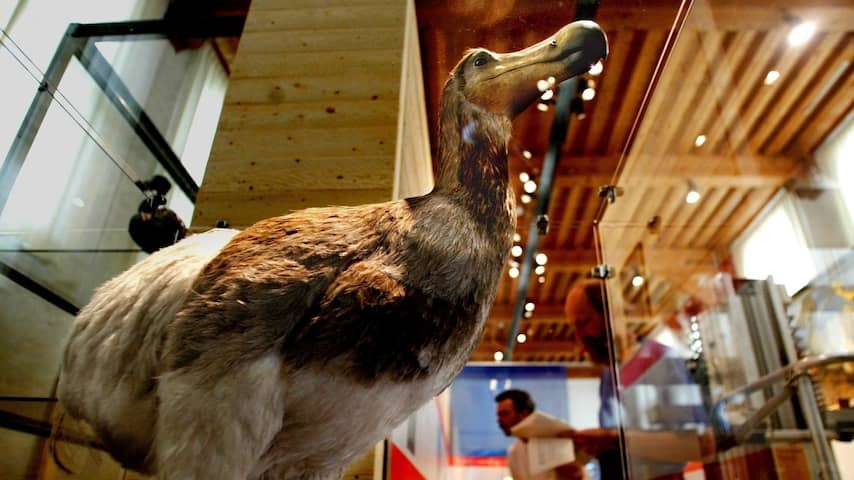
American Researchers Who Want to Bring the Extinct Dodo Back to Life Claim They Are One Step Closer. That sounds almost like science fiction. Accordance to critics, many scientific, ethical and ecological question marks are attached to the project.
The Dodo Lived on Mauritius, An Island in the Indian Ocean. The Animal Became Extinct in the Seventeeneth Century, When People Entered The Island. They introduced predators such rats, pigs and dogs and cut down forests. This destroyed the eggs, chicks and habitat of the dodo.
The American Research Company Colossal Biosciences Wants To Bring the Animal Back. The Researchers Think That a New Population of Dodos Can Live on Mauritius Within Five to Seven Years.
Colossal Says It has developed “Pigeon Primordial Germ Cells” (PGCS). These are cells that form the basic for sperm and egg cells. The researchers want to combine thesis with genetically modified material from the Nicobar Pigeon, The Closest Living Relative of the Dodo. They inject that material into a chicken, which could be like an egg with a dodo in it.
Thomas Blankers Questions the Project. He is a University Lecturer in Evolutionary Ecology at the Institute for Biodiversity and Ecosystem Dynamics at the University of Amsterdam. “A Dodo is complex and is determined by more than just genetic code,” he tells nu.nl. Blankers Argues That Researchers Can Never Completely Imitation The Original Dodo.
Colossal Claimed to Have Brought About Another Breakthrough in April. The Researchers Are Said to Have Cloned the Prehistoric Giant Wolf.
Colossal Needs A Lot of Money To “Bring Back” Extinct Animals. The Company Raised 120 Million Dollars (Almost 102 Million Euros) With the latest Finance Round and is Now Worth 10.2 Billion Dollars. Among The Investors Are Celebrities Such As Paris Hilton and Tiger Woods.
Accordance to Blankers, Colossal’s Approach is “Unnecessarily Exensive and Inefficient”. “It is better to tackle the causes of extinctions, such as habitat loss, than to use this type of Expendive Technology,” Says the University Lecturer.
The Question is also Whether Colossal’s ‘Bred’ Dodos Will Be Able to Survive in the 21st Century. Human Activities have drastically changed Mauritius Since the Seventeenth Century. Invasive species Such as Rats and Pigs, which Helped the Dodo Become Extinct, Are Still There.
“The Survival Chances of a New Dodo Cannot Be Predicted,” Says Blankers. “If the original problems are not resolved, it is Almost Impossible for this project to Succed. Strong Measures are needed to make the habitat suuitable.”
Replicating a deceased species also raises ethical questions. What happens to genetically modified animals if experiments fail? And is it response to invest Billions in the return of one animal, while millions of endangered species can still be saved?
Blankers does not see the value of this project in the outcome, but in the road to it. “Scientists have leg trying to make living cells for years. This is a very big step, separate from the question of Whether this is desirable. At the same time, the steps in this project can provide innovation.”
Accordance to Blankers, The Goal of Breeding the Dodo is a bit too Ambitious. But the Steps That Colossal is Taking Can Lead to Breakthroughs for Molecular Biology.